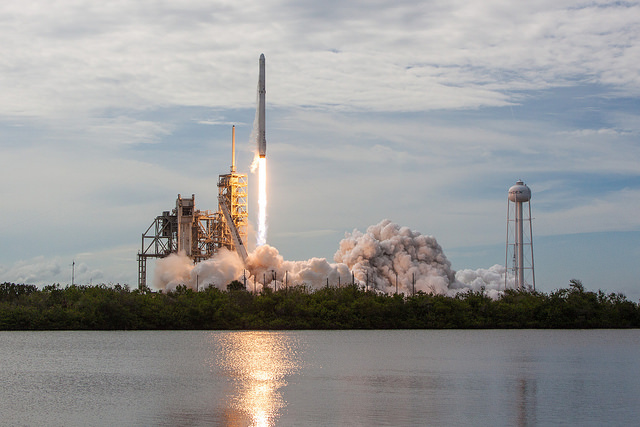The biggest engineering innovations of 2017 so far
Having crossed the halfway of 2017 and the year seemingly running by, engineers and scientists have been hard at work innovating the technologies of tomorrow. Here are the biggest engineering innovations of 2017 so far.
*2017 has been a big year in renewable technologies. Although many countries are joining efforts to improve Eco-friendly technologies, perhaps China is leading the way in innovation.
Recently, continuing China’s reign of innovative “green” technologies, was their implementation of the world’s largest floating solar power plant.

The plant, engineered and installed by Sungrow, announced the world’s largest floating solar power plant entered operation earlier in May. The 40 MW plant will power over 6,500 homes.
Built and installed on top of an abandoned mining operation, the plant will not affect any marine life. It is a small but a great step in the direction of clean energy.
**Quantum computers have been making major headlines in recent history. Earlier in 2017, two quantum computers faced off for the first time in history.

Earlier this year, researchers at Cornell University pitted two quantum computers against each other in an epic virtual battle.
The challenge was to perform and solve an algorithm to compare and determine which quantum computer is the most effective. Both computers are state-of-the-art 5-qubit quantum computers which operate on two entirely different platforms.
The two competing computers were designed and engineered in completely different ways with completely different methods. The differences in the computers made it especially intriguing for scientists to test which of the two is better.
One computer which belongs to the University of Maryland. Its setup relies on a trapped-ion system. In it, five ytterbium ions are held in place by a strong electromagnetic trap. The ions are actuated by lasers to carry out the programmed algorithms.
On the other hand is IBM’s computer with an entirely different configuration. In contrast, IBM’s computer relies on multiple superconducting loops which carry out algorithms using microwave signals. Their computer is also the first one in history to be publically accessible via cloud computing. Its ability to be programmed by online users was the reason the experiment could be carried out.

***Another world record in 2017; Tesla smashed the acceleration record of production cars. Early on in February, Tesla’s Model S P100D broke the Motor Trend’s all-time world record for fastest acceleration of a production car by going 0 to 97 kph in just 2.28 seconds.

According to Motor Trend, the Tesla Model S P100D is the world’s fastest production car in the world.
Featuring a dual electric motor all-wheel drive, the P100D offers unrivaled acceleration. The secret to its speed is the advanced engineering vastly improving its power and aerodynamic properties.
The P100D features a smart air suspension system that actively changes the vehicle’s height to optimize efficiency. At highway speeds, the suspension system lowers the front end to reduce the frontal area where most of the drag accumulates.
With all in consideration, Tesla has become the fastest production car in 2017 – and ever.
Follow more of this on interestingengineering.com
China's floating solar power plant is crazy.
Solar panels are where its at. That's dope!
And the most amazing is that it doesn't tamper with aquatic life